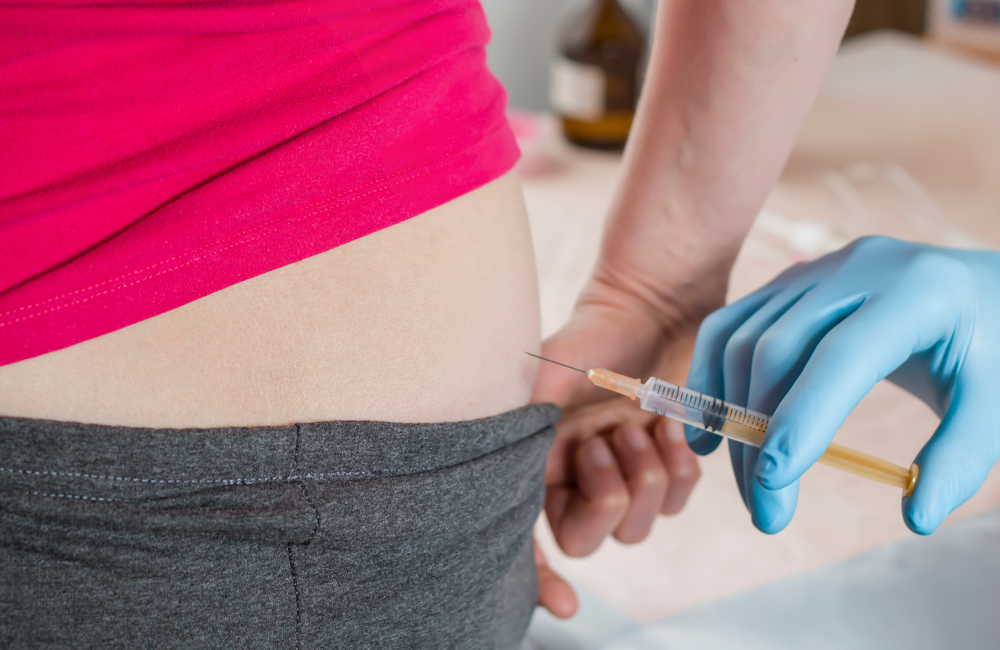
There were lots of new studies on using PrEP (regular medication to prevent HIV infection) at the recent 12th International AIDS Society Conference on HIV Science (IAS 2023) in Brisbane, including the use of tablets and injectables. Here are five highlights.
Exposure to tenofovir-based PrEP in the womb does not affect children’s bone density or stunt their growth, according to a new analysis. The bone mineral density of 40 PrEP-exposed and 71 matched unexposed children was measured using DEXA scans. Measurements were taken at the age of three. Whole body bone density and median height was similar for children with and without PrEP exposure in the womb. The study will continue to monitor the children with DEXA scans up to five years of age.
Two peer-to-peer initiatives have shown promising results for increasing PrEP uptake in low-resource settings. The first trained sex workers already accessing PrEP to identify other sex workers and encourage them to take up PrEP. Six months into the programme, 97% of those reached who were not living with HIV began taking PrEP. The second initiative enrolled people starting oral PrEP at a public sexually transmitted infections clinic who voluntarily shared information about their recent sexual partners. Partners were then contacted and offered PrEP. Among the eligible partners, 71% started on PrEP. It’s hoped the peer-to-peer model will also help keep people engaged with the service.
Two modelling studies explored the cost-effectiveness of injectable PrEP (CAB-LA), which may cost around $250 a year when it becomes available as a generic. PrEP injections have been shown to prevent 90% more infections than pills in adolescent girls and young women. But in South Africa, where there is a focus on preventing infections in this group, CAB-LA would only be cost-effective if the medication cost less than $91 a year. It would only be cost-saving at just under $80 a year. And in Brazil, where the epidemic is concentrated in gay and bisexual men, and transgender women, the cost would need to be even lower than in South Africa. This is because in this population, a larger number of infections would actually be prevented by continuing to focus on oral PrEP.
A study evaluating the factors influencing the decision to use PrEP among trans women in 11 Asian countries has found that cost, location, visit frequency, side effects, and extra services being available alongside PrEP provision were the most important. Injectable PrEP was the preferred mode of delivery. The data showed 48% of participants had unmet PrEP need and almost 35% of those people had heard of PrEP and wanted to take it. A PrEP service similar to the currently available model, which provides daily oral PrEP, had a predicted uptake of 60%.
Experts are urging the use of tests for HIV RNA (in other words, viral load) in PrEP users and especially those using injectable CAB-LA as PrEP. This is primarily due to continuing concerns about the occurrence of drug resistance in people who acquire HIV infections despite taking PrEP, often because such HIV ‘breakthrough’ infections take a long time to detect. RNA tests can shorten the ‘window period’ during which a recent infection cannot be detected. However, testing guidelines will need to change and the tests themselves will need to be more widely available in low- and middle-income countries.
Click on the links to find out more.
You can also read our selections of the top five stories on HIV treatment, co-infections and co-morbidities, HIV in Africa and HIV in Asia from IAS 2023.
